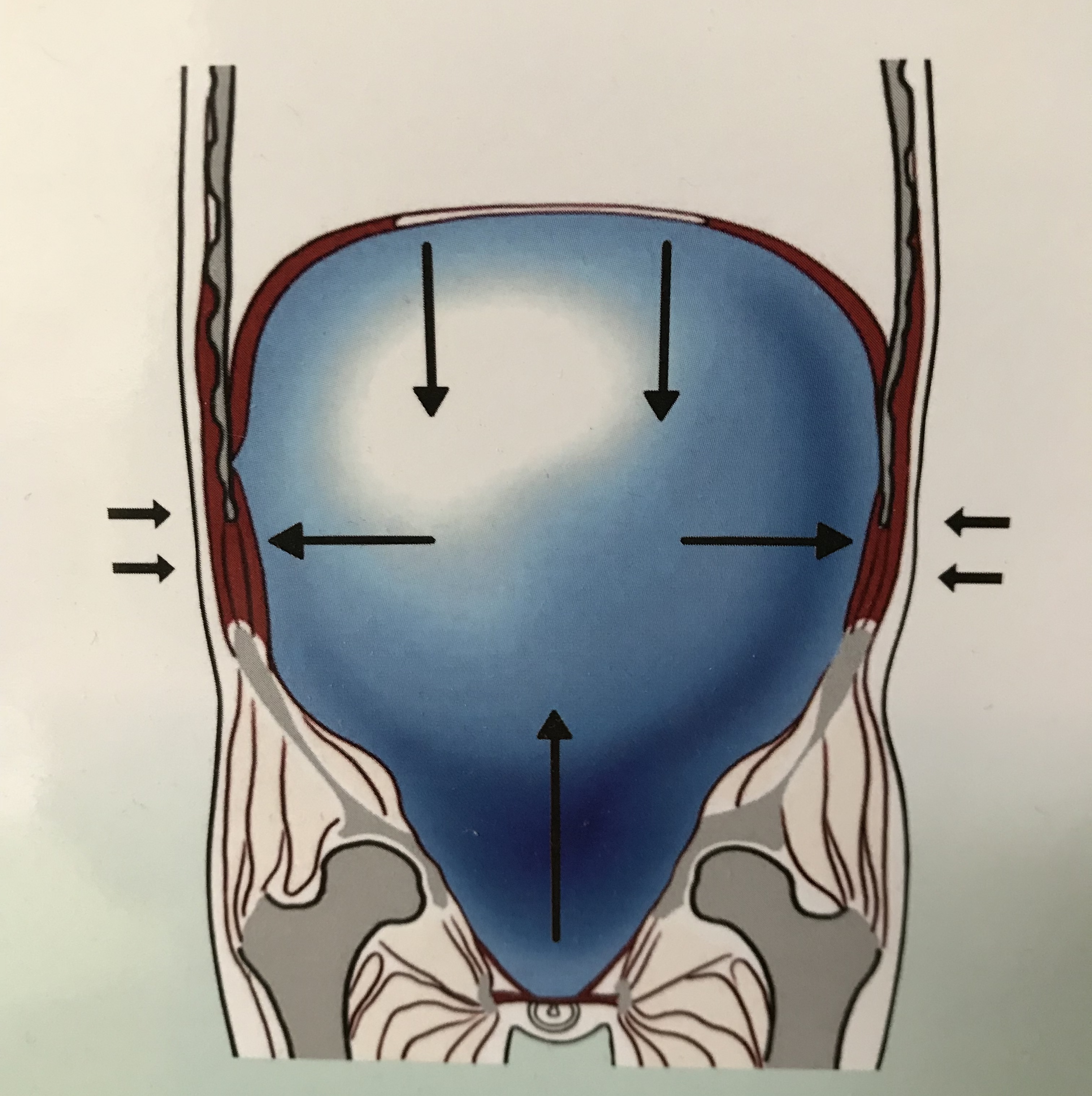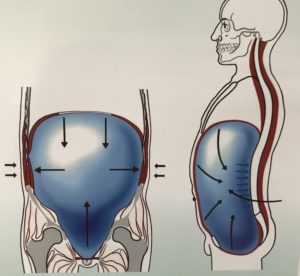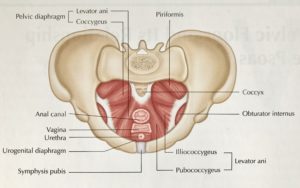Strength Training: Why and How it Can Be For Everybody
Recently I started offering strength training sessions for my clients who have extensive experience with my DNS based training. After each client completed an introductory session, I asked them to email me some feedback, including how they felt after the session. Every one of them said that after the session they felt stronger. After just ONE session!
This surprised me a little. I was expecting to get comments along the lines of “I felt sore” or “I was tired the next day.” I was and continue to be concerned about the possibility that clients will get injured. After all, these were folks who were not already doing workouts with weights, and I wanted feedback mainly to be sure they weren’t getting hurt.
So to hear that, invariably, every client felt immediately stronger, was hugely reinforcing for me in advocating for this type of work. Think about it. Feeling stronger goes far beyond the physical. These clients had done a grand total of one session with light weights. They were very clearly not, in fact, stronger.
But they felt stronger, and I quickly realized that that feeling had HUGE benefits for their mental health and overall sense of well-being. Strength training gave them more than just a different type of workout. It gave them confidence. It gave them fortitude!
Of course the handful of clients who have continued strength training with me since are indeed getting stronger. And for these clients, the benefits of that strength have extended into important and unexpected places in their lives.
Just the other day I had 2 different clients tell me how they’ve been getting noticeably stronger, and describe ways that this strength has afforded them powerful and meaningful benefits. Both of these clients care for an aging spouse / parent, and both of them had occasion to help their loved one physically in ways they would not have been able to in the past.
Anyone who has had an aging parent or loved one knows all too well that we are one fall away from a life-changing shift in our circumstances. Both of these clients were able to catch their loved one during a fall. Being stronger therefore was, for them, more than a personal benefit. It meant potentially far reaching benefits both for themselves and for others, not to mention the elevated sense of well-being and confidence that goes with that. Their loved ones could have been hurt, perhaps seriously, and they had the wherewithal to prevent that and all that may have meant for themselves and their families.
Clearly these examples represent compelling arguments for taking up strength training. We don’t need to be caring for an elder or spouse to see how getting meaningfully stronger would enhance our own lives. Thus it might seem that strength training is something everyone ought to do.
But strength training is not without its risks. If we start out with little or no preparation, we may end up hurting ourselves, and this might put us at a functional deficit, rather than conferring the advantages we were aiming for.
I’m convinced that my clients are having such good outcomes with their strength training because they have all trained with me before taking it up. These clients have been working on their mechanical skills for a long time, skills I’d argue are crucial for executing the challenging strength training exercises I’m teaching them. In other words, they were well prepared for it.
This is why I feel that, while on the one hand strength training has the potential to benefit just about anyone, jumping right into it is not for everyone. We need to have reasonably well functioning bodies and good mechanics to get meaningfully stronger without setting ourselves back. We need, in effect, to train ourselves to be ready to strength train. Or at least we do if we want to fully realize the potential benefits strength training has to offer.
So if you’re considering starting strength training, consider your circumstances. You should already feel to some extent that you are strong and capable. You don’t want to start with nothing.
And if you’d like some help, feel free to reach out. I offer training at various levels of engagement and price from group classes on Zoom to small in-person classes to semi-private sessions to private training. Let me know what where you’re at and where you’d like to go and I’m happy to do whatever I can to help you get there.





